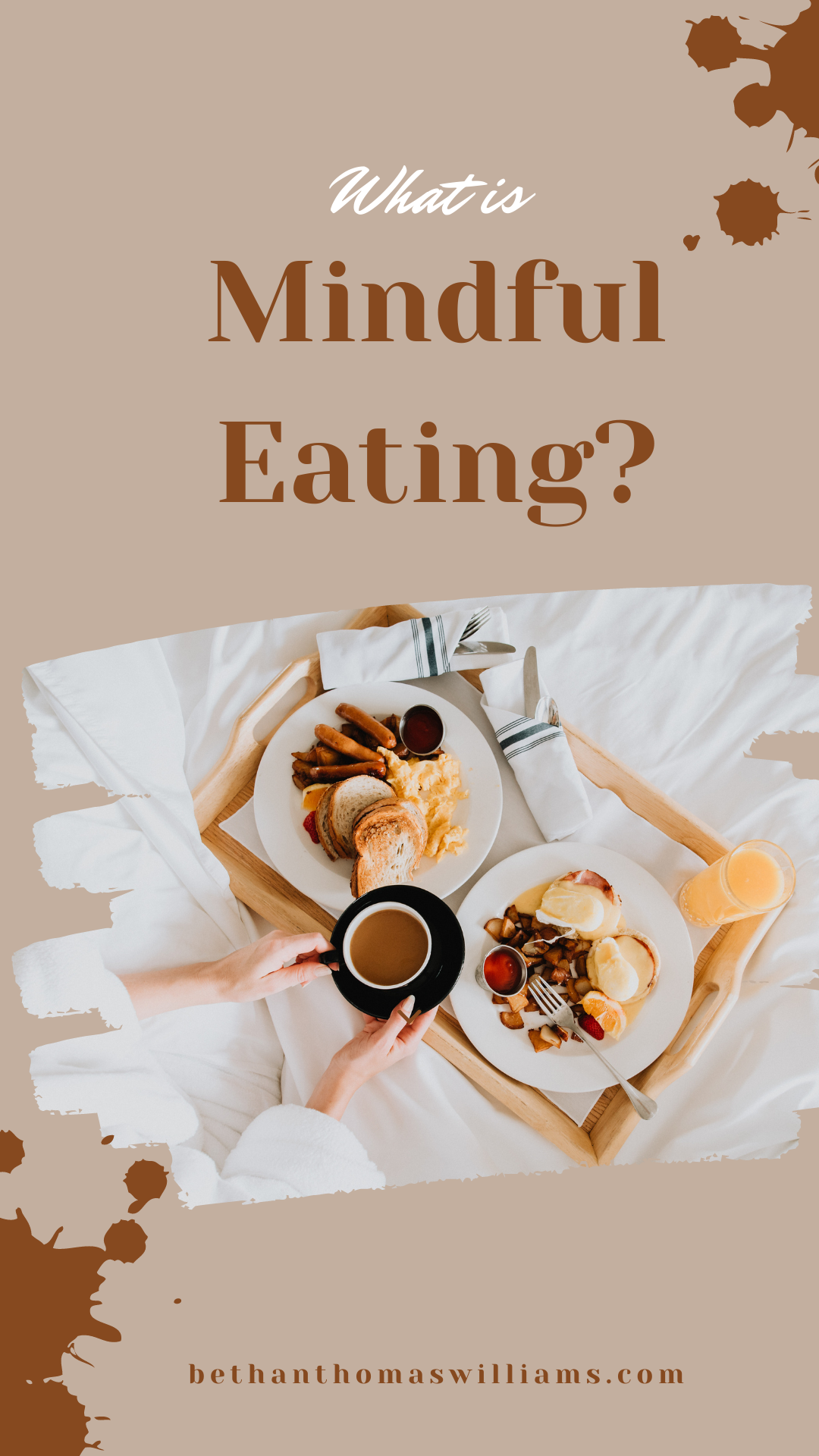Mindfulness is one of those words that seems to be everywhere and we sort of know what it is and that it’s something we should be doing, but we aren’t entirely clear on why.
Simply put, being mindful means being in the present moment of whatever it is you are doing – not stressing out about what’s happening next or in the future and not focusing on what has already happened in the past.
It means focusing on the now.
We do this by zoning in on the activity you are doing and tuning into your senses.
For example, if you were being mindful on a walk you would be focusing on walking, noting what you can see, what you can hear, what you can feel (the wind on your skin or the sun on your face), how your body feels and what you can smell.
You are just focusing on your walk and zoning everything else out – an example of not being mindful would be walking whilst on your phone.
This can be easier said than done, especially if you have a lot on your plate and it is something that is a practice, even people who have done it for years still on occasion have to remind themselves to bring their minds back to the present.
But with all things, the more you do it the more second nature it becomes.

So how does it apply to eating?
We can practice mindfulness in eating by becoming more aware of what we are eating, the different senses it evokes, and also by by tuning into our bodies both while we are eating and how our body feels after we have finished eating.
Think for a second about how many times in a typical day you zone out whilst eating. We may eat whilst driving, whilst rushing around the house trying to get things ready to go out and cramming a piece of toast into your mouth , maybe whilst reading a magazine or watching TV or even on your laptop working through lunch.
It’s unrealistic to presume we will never do these things, but on the whole it’s not helpful.
If your mind is focused on other things, it’s very difficult to tune into how the food you are eating feels in your body. It will be difficult to know if you are full or not if you aren’t listening to what your body is trying to tell you.
You can read more about how to tune into your hunger in this blog post.
It’s not just about being full though, tuning into our bodies allow us to understand more about what foods work well for us. What foods feel good in our body and what food doesn’t feel so good.
Is Mindful eating the same as intuitive eating?
They sound similar, but no.
Mindful eating is more of a WAY of eating, whereas intuitive eating is more indepth and covers the how, the why and the what. Mindful eating is a part of the framework of intuitive eating.

So how do we eat more mindfully?
- Eat without distractions
This is easier said than done – but focusing on your food and only your food is the easiest way to eat mindfully. So put your phone away, turn off the television, put the magazine or laptop away and just focus on your food.
How does it taste? What are the textures like? How does it smell? Does it look appealing? Is it rainbow coloured? Focus on the crunching sounds as you eat.
I won’t lie, this can feel VERY awkward the first few times, and sitting without distractions can feel a bit uncomfortable but it so helpful in allowing you to tune into your fullness levels and eat more mindfully.
- Slow down your eating.
I am sure you have heard the saying to ‘chew your food 30 times’ – I don’t really see a need of this. If you have ever tried chewing each mouthful of food thirty times it completely takes away the enjoyment of your food and by the time you get past 20 your food is extremely chewed anyway in most cases.
Instead, I suggest just slowing down your eating, make sure you have chewed and swallowed each mouthful before getting your next one.
Make it a game if you are eating together and try and be one of the last to finish eating.
Or just chew your food a bit more than you normally would.
It can be helpful to put your knife and fork down in-between mouthfuls if you find it difficult to slow down. - Check in with your fullness levels
Periodically whilst eating, stop for a few seconds to check in with how full you are. Use the hunger scale to help you decide if you are ready to stop eating.
Use this check in to check in on other things too – are you still enjoying the meal? Do you feel satisfied? How do I feel? Could the meal benefit from something else to make you feel satisfied?
How can I eat without distraction if I am a mum?
I hear you.
In an ideal world mindful eating would mean sitting in silence tuning into our meal, but the reality is as mums we usually have someone talking or background noise or even a little one on our lap whilst we eat.
So does this mean we can’t eat mindfully if we are a mum?
No, it’s one of those situations where it’s not about perfection but just doing what you can in the situation you are in. There will be days when you can eat more mindfully and there will be days when it is so noisy at lunch time that eating in a calm, peaceful environment can seem like a far off fantasy.

I hope you found this helpful! If there is anything else you would like help with when it comes to mindful eating let me know in the comments!
Beth x